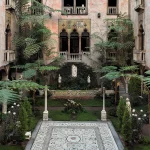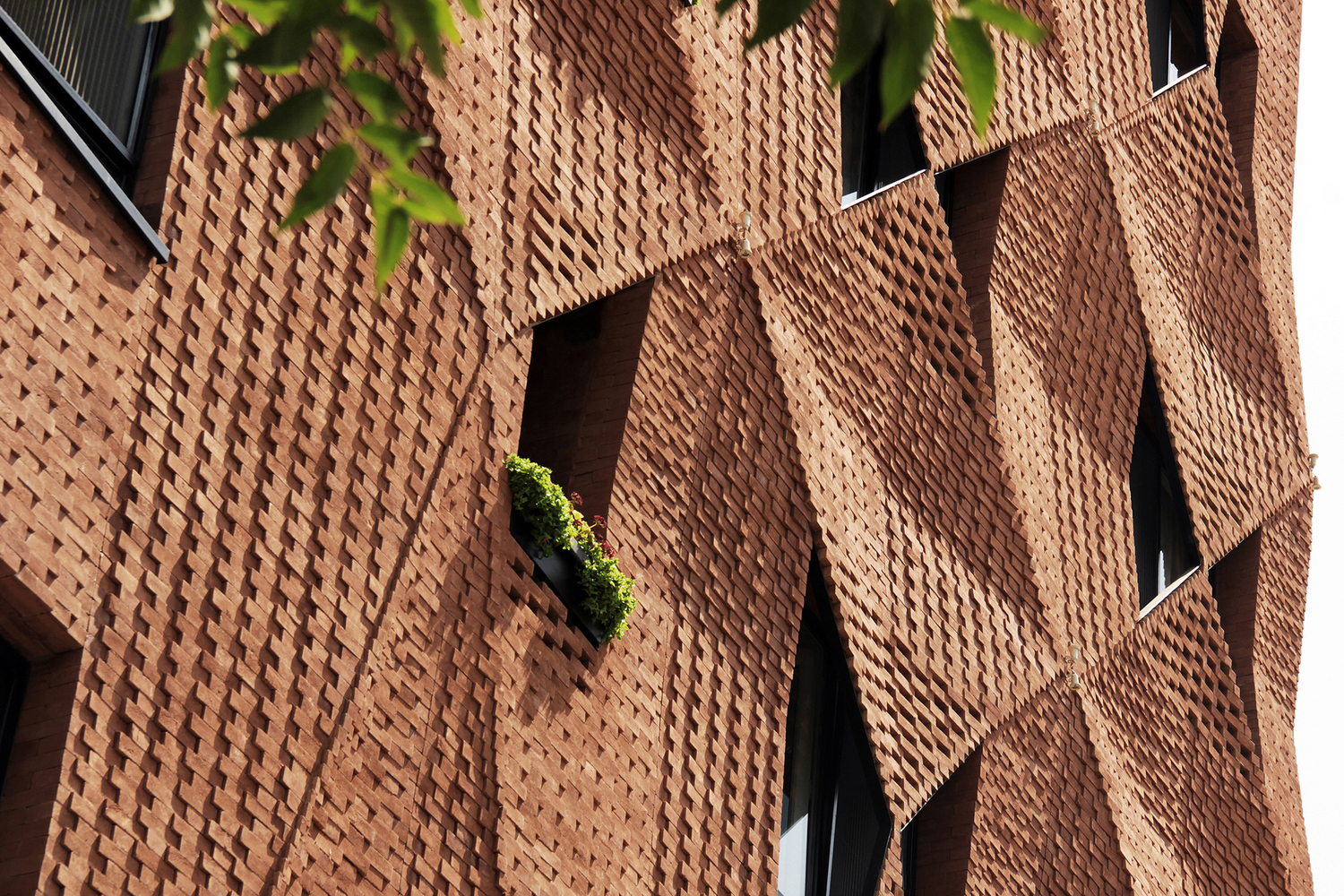
Pursuing a degree in design at Parsons School of Design opens a myriad of opportunities for a career in the design industry and other related disciplines. What do learners develop in pursuing such a multi-disciplinary course? They can effectively master the art of creativity, innovation, communication, and thoughtful ideas. After the completion of the course, students can apply their creativity and innovative skills to professional careers.
Applying to the Parsons School of Design means unlocking your creative potential, and guiding you to a brighter career path and global exposure. Often while choosing a course of study, an individual is faced with the task of what will the course offer and what professional career can be pursued afterward. To ponder on this is the first step to securing a successful career, and this article guide you in pursuing the course of a secure future.
What programs and degrees are offered at Parsons School of Design?

Firstly, The New School’s Parsons School of Design is known for its programs that help develop designing skills, integrated thinking, and creative collaboration in a pursuit to transform contemporary societies. It is one world’s leading schools in art and design, ranked number one in the United States (QS World University Rankings 2024), and in the top three globally.
The programs and degrees offered at the Parsons School of Design are in the following,
| Undergraduate Programs | Architectural Design (BFA) Design and Technology (BFA)Fashion Design (BFA, AAS)Illustration (BFA)Photography (BFA) StrategicDesign & Management (BBA)Associate’s Degrees in Design and Fashion (AAS) | Communication Design (BFA, AAS)Design History & Practice (BFA)Fine Arts (BFA)Integrated Design (BFA)Interior Design (BFA, AAS)Product Design (BFA) |
| Graduate Programs | Architecture (MArch)Architecture and Lighting Design (MArch/MFA)Communication Design (MPS)Data Visualization (MS)Design & Technology (MFA)Design & Urban Ecologies (MS)Fashion Design & Society (MFA)Fashion Management (MPS)Transdisciplinary Design (MFA)Textiles (MFA) | Fashion Studies (MA)Fine Arts (MFA)History of Design & Curatorial Studies (MA)Industrial Design (MFA)Interior Design (MFA)Lighting Design (MFA)Photography (MFA)Strategic Design & Management (MS)Strategic Design for Global Leadership (MS) |
| Associate’s Degree for Professional | Communication Design (AAS)Fashion Design (AAS) | Fashion Marketing and Communication (AAS)Interior Design (AAS) |
| Online program and course | Fashion Management (Online MPS)Strategic Design for Global Leadership (MS) | Strategic Design and Management (MS)And Others |
| Certification Program | FashionGraphic and Digital DesignHumanities and Social SciencesInterior Design | Leadership, Management, and MarketingMedia and Film StudiesPhotography |
What career paths do Parsons graduates typically pursue?

Parsons School of Design has been a pioneer of education in art and design, preparing students to grow in parallel with the transformative society. It was established in 1896 by William Merritt Chase as the Chase School and renamed Parson after Frank Alvah Parson in 1941. The school became part of the progressive University, The New School, in 1970. Graduates from the school are allowed to pursue a career in sustainable design, urban planning, landscape design, interior design, and architecture.
The Parsons School of Design featured 200 faculty members who are reputed artists, designers, and scholars dedicated to shaping minds and helping them achieve beyond disciplinary boundaries. All the faculty members guide you directly in developing skills and professional networks. The Parson School of Design introduced the 10:1 students-to-faculty ratio across 41 research centers, institutes, and labs.
Recent data have shown that 86% of the graduates from the programs have been able to secure employment and, in other cases, pursued advanced degrees such as the class of 2019. Furthermore, it opens to 1,350 internship opportunities with every course pursued, and since the 2011 Forbes 30 under 30 list, a total of 41 school alumni have been added.
Parson’s School of Constructed Environments (SCE) is known to be one of the only integrated schools of architecture interior design, lighting design, and product design in the US. The Master of Architecture program (MArch) brings a diverse international student body and an environment of creativity and critical architectural inquiry. In this course, New York City is taken as an example for the curriculum exploring its natural social ecologies of the city to offer a practical learning experience.
How does Parsons integrate sustainability and innovation into its curriculum?

Since the 1960s, the Parsons School of Design has worked to introduce comprehensive courses and programs offering insightful learning and lessons. It offered the first interior design, fashion design, communication design, and interactive design program in the US and has been at the forefront of sustainable design since. Moreover, with every SCE course, learners are connected to cultural, environmental, and technological studies, leading them to create a more sustainable world.
Taking an example of the NAAB-accredited MArch program it focuses on the changing environment where advanced architectural methods and technologies are introduced to address its challenges. The advanced and practical architectural methods are designed to find solutions to the coming challenges of climate change, biodiversity loss, and social injustice using sustainability-focused methods including the use of regenerative materials.
The Parsons School of Design is an institution determined by the thrive to bring creative, innovative, and sustainable solutions to the contemporary urban society. All the coffee courses are based on the methodology of practical learning and innovative approaches towards the urban design challenge. The school offers an immersive learning environment where students can experience New York as its urban design laboratory. Enrollment in the programs offers a new look to the city’s architecture and design.


















Leave a comment